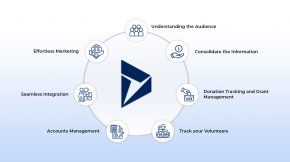Why Your Business Needs Performance Testing
A slow website isn’t just annoying; it costs your business massively. Studies show that even a one-second delay in how fast your page loads can seriously hurt your sales.
Performance testing fixes this. It helps you use your resources wisely and make sure your system works as it should. This means your visitors have a good experience, even when lots of people are on your app or website.
So, is your website fast enough to keep your customers happy and your business growing? We can help you find out.
What Performance Testing Does

- Find and fix problems
- Make your website faster
- Keep your system running when lots of people are using it
- Help your app grow
- Use your resources wisely
- Make sure your system is reliable
Who Benefits from Performance Testing?
E-commerce – Online stores have to worry about security, prices, orders, and keeping customers happy. How well your website performs is a big part of that. Many e-commerce sites use pictures and videos, and if those aren’t handled correctly, the site can be slow.
Customers expect websites to work well and have accurate information. They also want secure payment options.
How Performance Testing Helps E-commerce: Performance testing makes sure your e-commerce site can handle lots of traffic during sales, so you don’t lose customers or money. We look at things like how fast your site responds when it’s busy, how many transactions go through, and how much of your server’s resources are being used. We want to see high throughput and low latency.
Insurance – Insurance companies need to manage risk and plan for the future. Their websites need to be easy to use, secure, and work on different devices. They also need to give quick quotes and handle claims fast. Good performance is key.
How Performance Testing Helps Insurance: Performance testing for insurance apps focuses on making sure you can generate quick quotes, process claims efficiently, and handle data securely. We measure how long it takes to process a claim, how many users the system can handle at once, and how secure your sensitive data is.
Healthcare –Healthcare sites store a lot of personal information. They need to offer services and products easily. Fast, reliable apps are important for healthcare. More people are using healthcare apps, so they need to work well.
How Performance Testing Helps Healthcare: Performance testing in healthcare makes sure that apps can handle lots of patient data while following HIPAA rules. We look at how fast you can access patient records, how reliable appointment scheduling systems are, and how secure data transmission is.
Education/LMS – Online learning is popular now, so it’s not just about having good content. The website or app needs to work well too. People expect a good experience, even if their internet connection isn’t great.
How Performance Testing Helps Education/LMS: Performance testing for learning management systems (LMS) focuses on making sure the platform can handle lots of users, video streaming, and interactive tests without slowing down. We measure how long it takes to load course materials, how many students can take a quiz at the same time, and the overall user experience.
Telecom – Telecom companies need to keep information safe and let people work remotely. Performance is important for everything they do. They use apps for sales, customer service, and payments. These apps need to load fast and work well, even when lots of people are using them. If not, customers will go somewhere else.
How Performance Testing Helps Telecom: Performance testing in the telecom industry makes sure that apps can handle lots of calls, data transmission, and secure transactions. We look at things like call setup time, data transfer speeds, and how reliable billing systems are.
Banking/Finance – Banks and finance companies deal with money. Their apps need to be super secure and work perfectly. They also need to be easy to use and handle payments correctly. Banking apps need to work well, even during busy times. If they don’t, people might not be able to access their money.
How Performance Testing Helps Banking/Finance: Performance testing for banking and finance apps focuses on making sure transactions are secure, data is accurate, and the system is always available. We look at things like how long it takes to process a transaction, how many transactions the system can handle at once, and how secure financial data is.
If you want to retain your customers and be successful, performance needs to be a priority. Don’t let it be a problem for your website or app.
Types Of Performance Testing
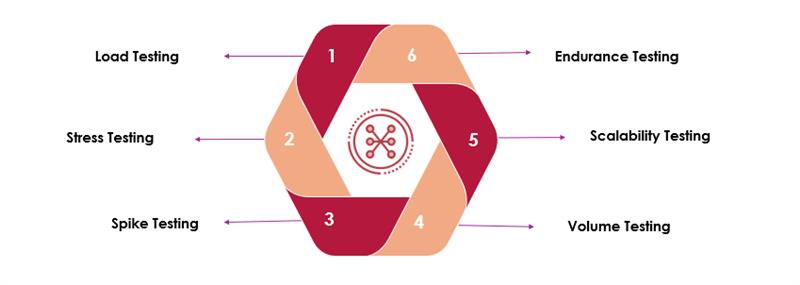
1. Load testing – Load testing checks how your system behaves under normal conditions. We gradually increase the load (number of users or transactions) to find performance bottlenecks. We look at things like response time, throughput (transactions per second), and resource utilization (CPU, memory, disk I/O).
Objective
To make sure your system meets performance requirements under normal conditions.
Key Focus Area:
- Response Time: How fast your site responds
- Throughput: How much traffic your site can handle
- Resource Utilization: How much CPU, memory, and network your site uses
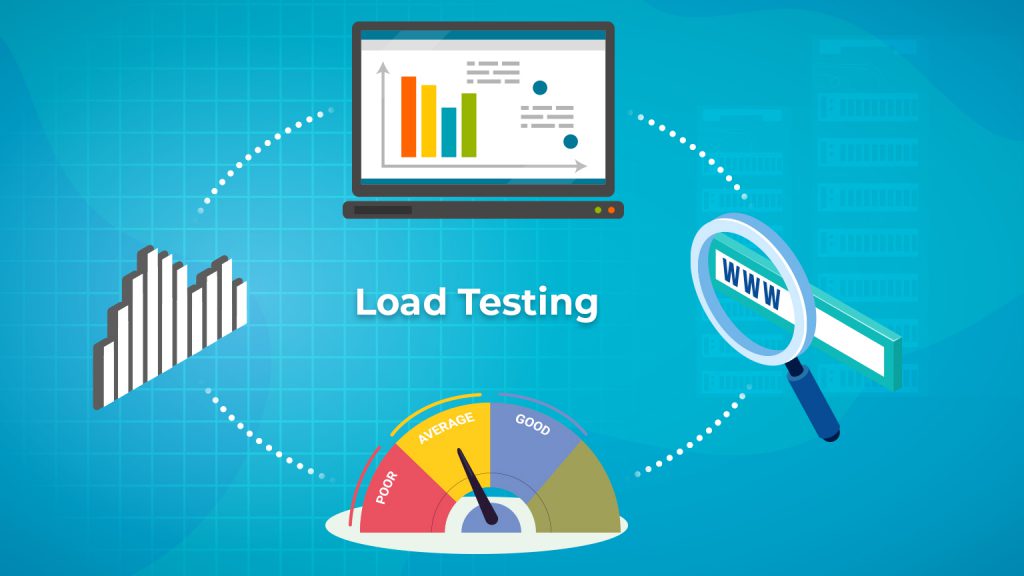
2. Stress testing – Stress testing pushes your system beyond its limits to see when it breaks and how well it recovers. We put the system under extreme loads, like a sudden surge in traffic or lots of transactions at once. We look at things like error rates, how often the system crashes, and how long it takes to recover.
Objective
To see how strong your system is and find any weaknesses.
Key Focus Area:
- Maximum Load Capacity: How much traffic your site can handle
- Application Recovery: How your site recovers after a crash
- Failure Handling: How your site handles errors
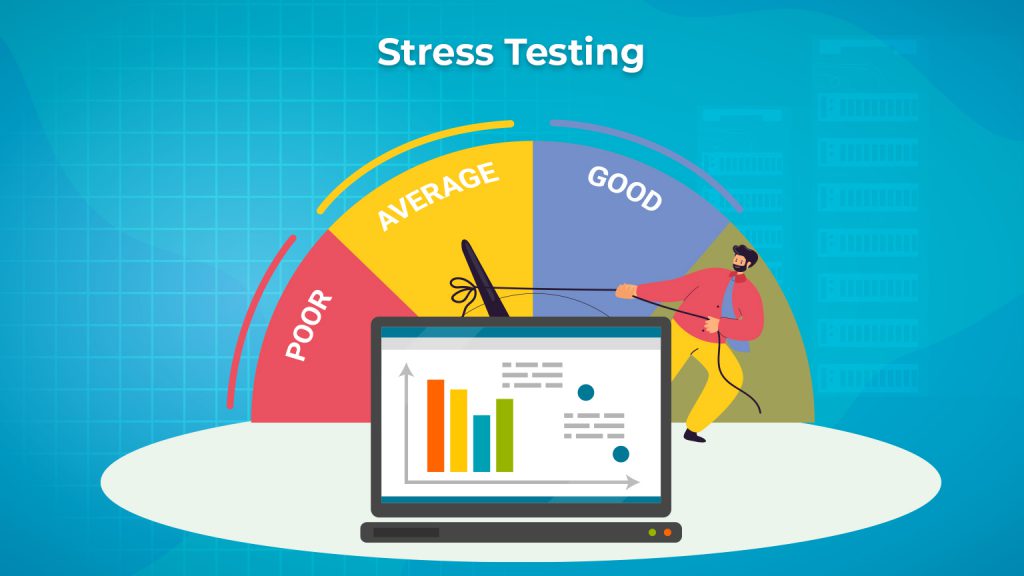
3. Spike testing – Spike testing is a type of stress testing that focuses on sudden, dramatic increases in load. We subject the system to a sudden surge in traffic, followed by a period of normal load.
Objective
To see how well your system can handle these sudden spikes and recover quickly.
Key Focus Area:
- Scalability: How well your site can handle more traffic
- Recovery Time: How fast your site recovers
- Error Handling: How your site handles errors
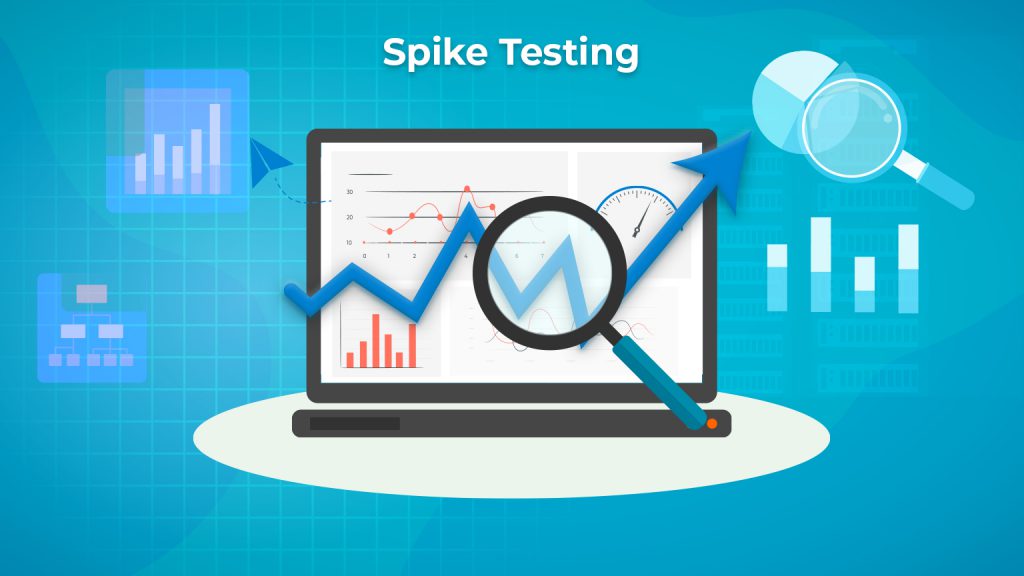
4. Volume testing – Volume testing checks how well your system handles large amounts of data. We load the system with a large volume of data and measure its performance. We look at things like data processing time, storage capacity, and data integrity.
Objective
To ensure scalability and detect performance bottlenecks with large datasets
Key Focus Area:
- Database Performance: How fast the database responds
- Storage Management: How well your site uses storage
- Data Handling Logic: How well your site handles data
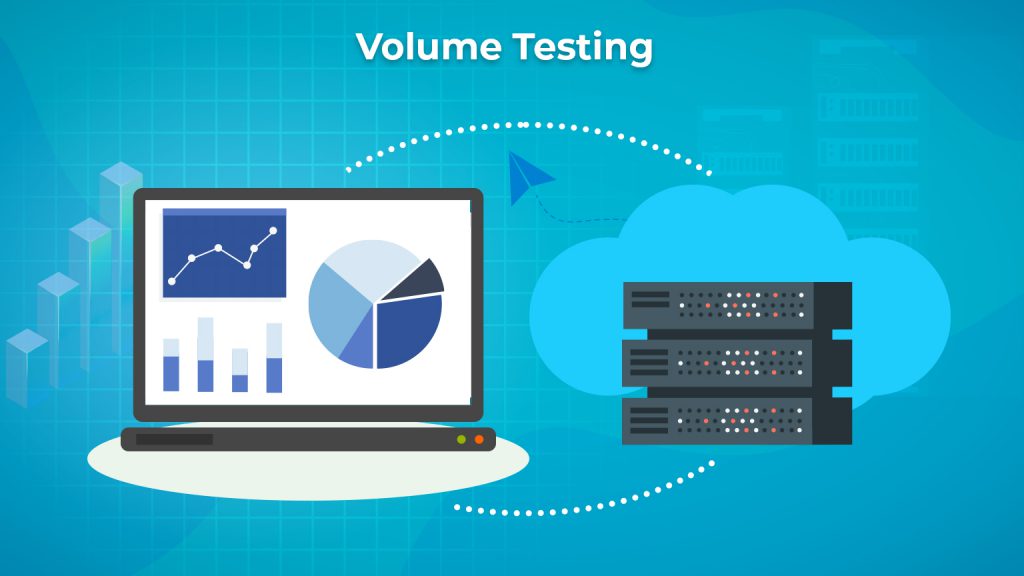
5. Scalability Testing – Scalability testing checks how well your system handles increasing workloads. We gradually increase the load on the system and measure its performance. We look at things like response time, throughput, and resource utilization.
Objective
To see how much your system can scale and find areas for improvement.
Key Focus Area:
- Horizontal Scaling: Adding more servers
- Vertical Scaling: Upgrading hardware
- Performance Consistency: Making sure performance stays the same as your site grows
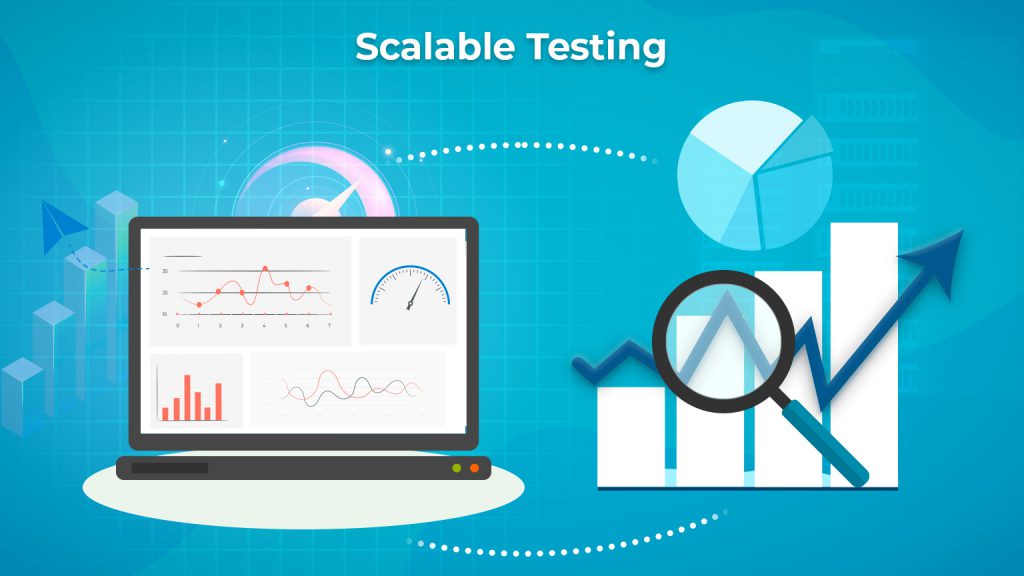
6. Endurance testing – Endurance testing, also known as soak testing, checks how well your system can handle a normal load over a long period. We subject the system to a typical workload for several hours or even days. We look at things like memory leaks, resource utilization, and system stability.
Objective
To assess systems reliability and efficiency during long usage.
Key Focus Area:
- Long-Term Stability: How stable your site is
- Memory Management: Memory leaks or inefficient allocation
- Resource Optimization: How much CPU, memory, and network your site uses
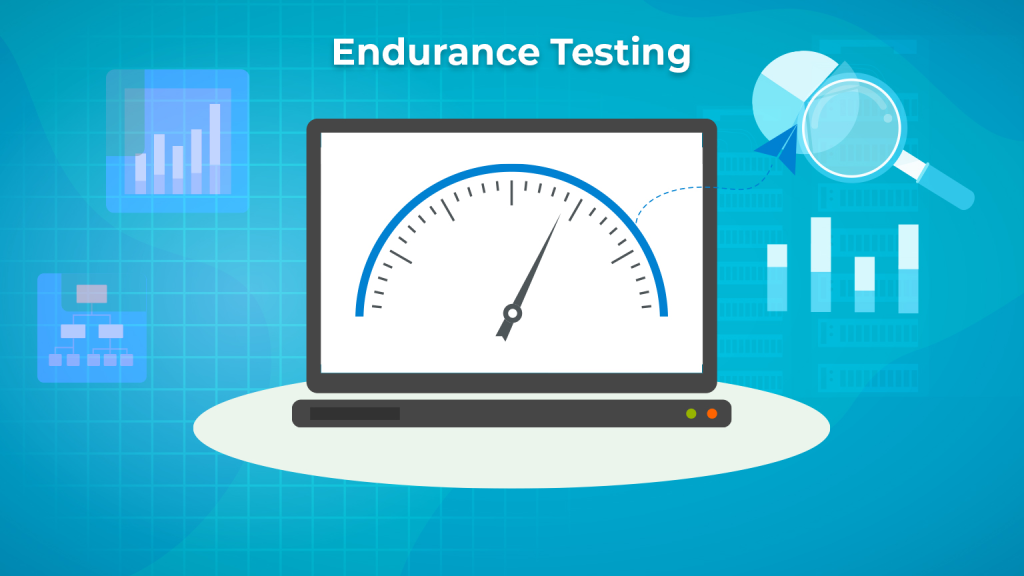 Conclusion
Conclusion
Performance testing is essential for ensuring reliable and efficient systems, meeting user expectations and remaining competitive in 2025. Contact us if you want to supercharge your app or website.















 Conclusion
Conclusion
















